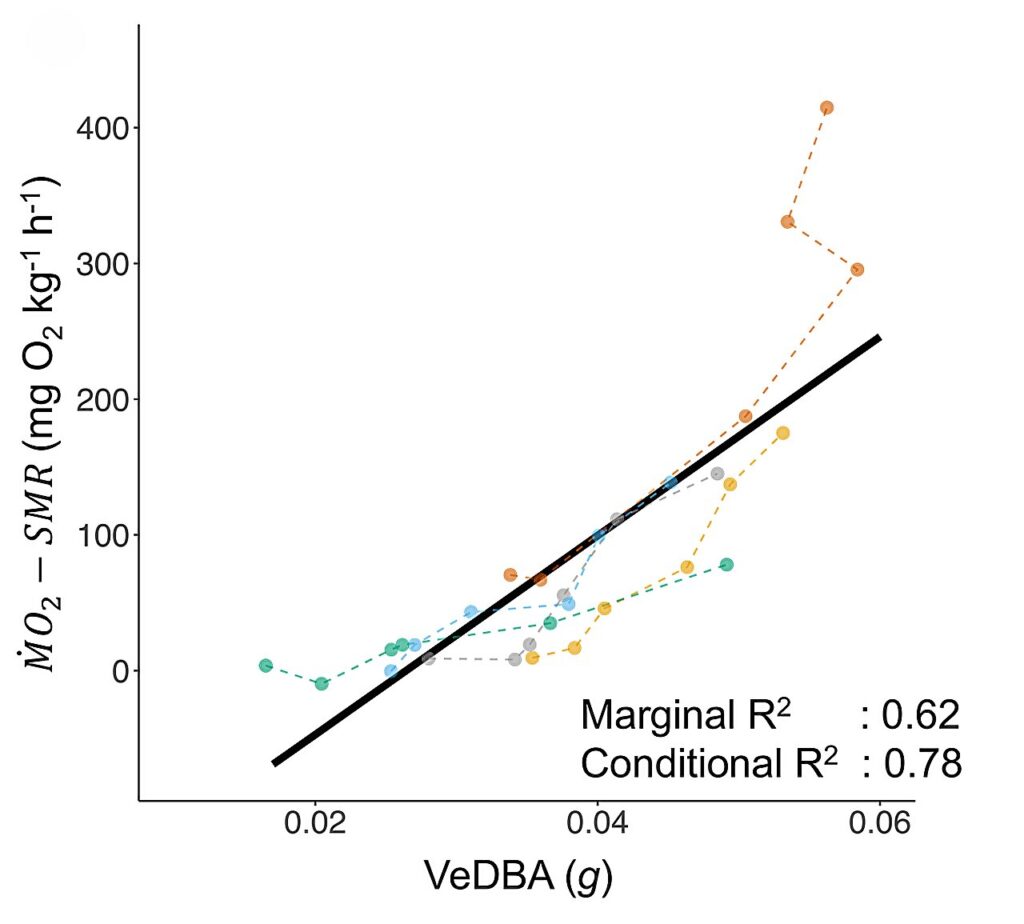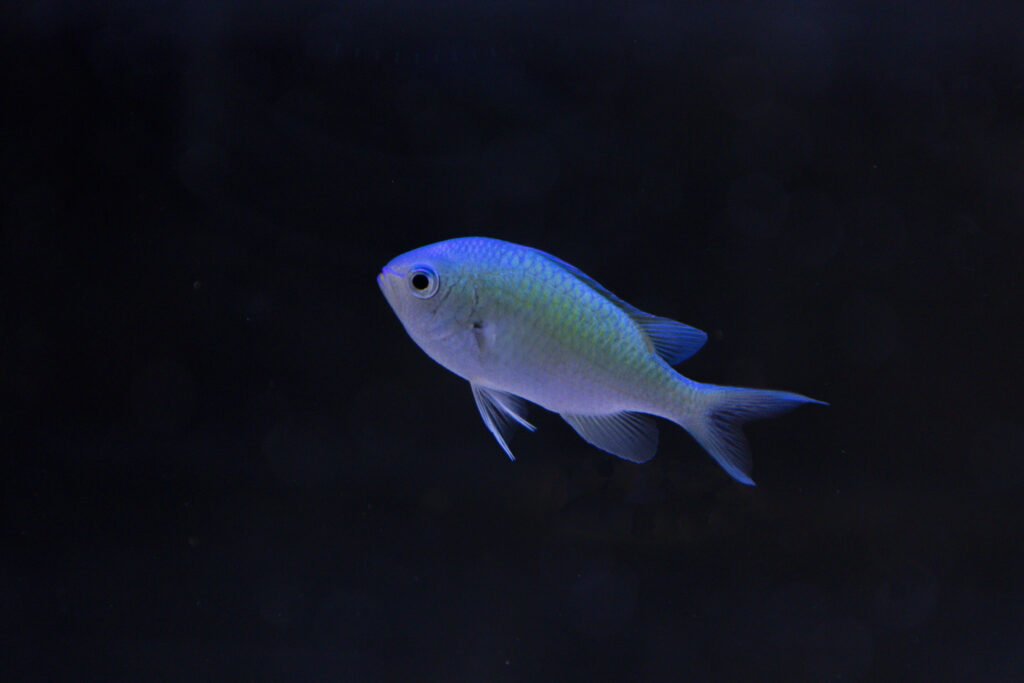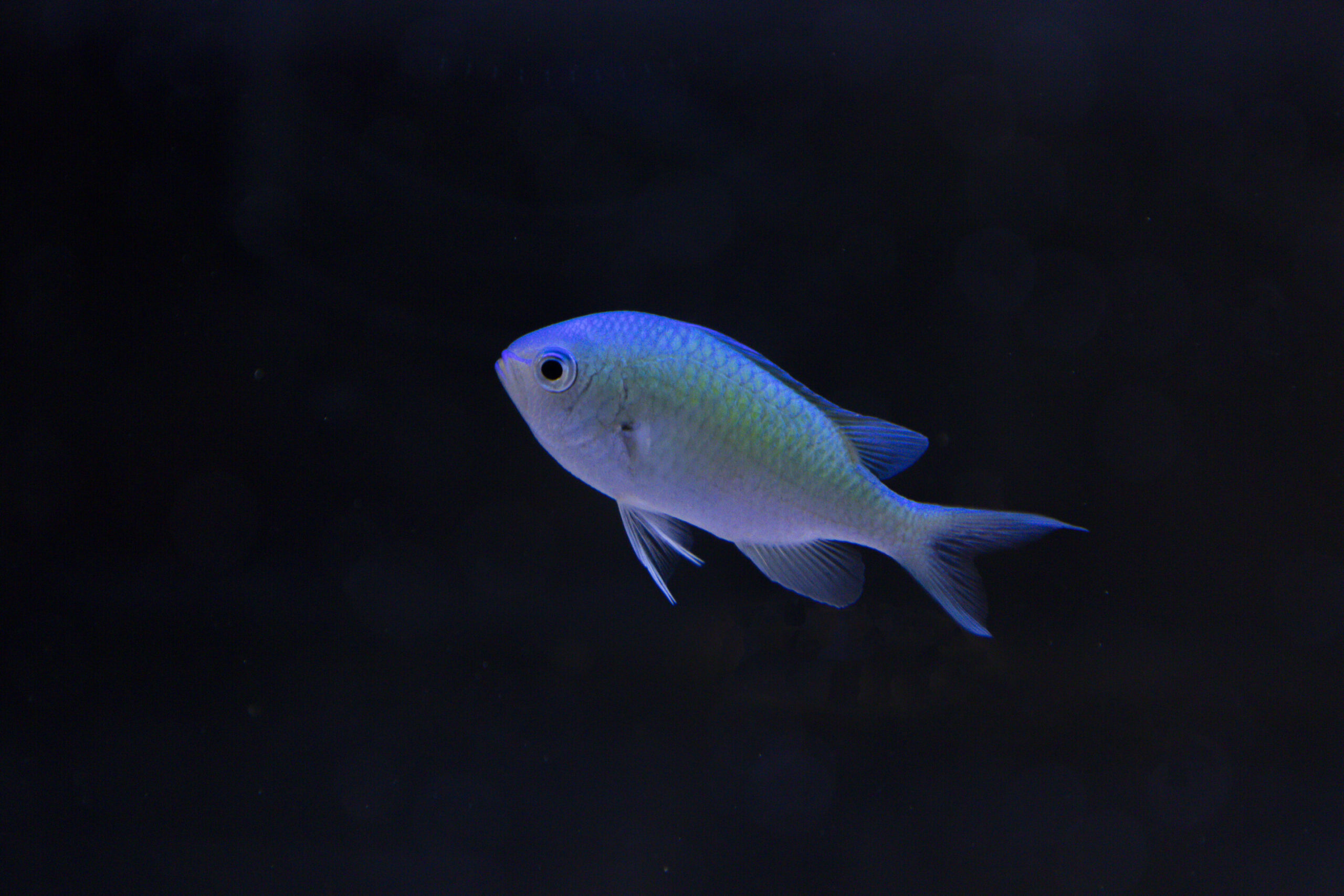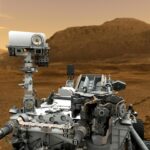Imagine watching a fish dart through the water and, without touching it, knowing exactly how much energy it’s burning. Thanks to a revolutionary new method developed by scientists at the Okinawa Institute of Science and Technology (OIST) and the Hebrew University of Jerusalem, this is now possible.
Traditionally, measuring an animal’s energy use required attaching bulky sensors or accelerometers, which could alter their natural behavior. This limitation excluded many species, especially smaller ones, from such studies. However, this innovative technique uses standard video footage combined with deep learning algorithms to track an animal’s movements and estimate its energy expenditure.
🎥 How It Works: From Pixels to Power
The process begins with capturing high-resolution video of the animal in motion. Advanced deep learning models then analyze the footage to pinpoint key body points and track their movement. By examining the acceleration of these movements, researchers can estimate the energy used, correlating it with oxygen consumption data obtained from controlled experiments.

The main finding of study. Dynamic body acceleration (DBA) and oxygen consumption (MO2-SMR, raw oxygen consumption minus Standard Metabolic Rate) across various flow speeds are plotted together, showing that DBA is a good proxy of oxygen consumption. Credit: Ishikawa et al., 2025
This method, termed Video-based Dynamic Body Acceleration (vDBA), offers a non-invasive way to study energy use in animals, providing insights that were previously difficult to obtain.

A member of Chromis viridis, the species featured in the study. Credit: Kota Ishikawa
🌊 A Game-Changer for Marine Life Studies
The team applied this technique to study damselfish in Okinawa’s coral reefs, revealing how these fish regulate their energy during different activities. By analyzing their movements through video, researchers gained a clearer understanding of how energy expenditure affects their behavior and ecology.
This approach holds promise for studying a wide range of species in their natural habitats, from tiny insects to large marine mammals, without the need for intrusive equipment.
🔬 Implications for Future Research
The ability to measure energy expenditure remotely opens new avenues for ecological and behavioral studies. Researchers can now observe animals in their natural environments, leading to more accurate data on how energy influences behavior, survival, and adaptation.
This technique also has potential applications in conservation efforts, allowing scientists to monitor endangered species without disturbing them.
Read more here in published paper.
🌟 Final Thoughts
As we continue to explore the complexities of animal life, tools like vDBA bridge the gap between technology and nature. They enable us to observe and understand the energy dynamics of animals in ways that were once thought impossible.
What other animal behaviors do you think could be better understood through innovative technologies like this? Share your thoughts with us!










